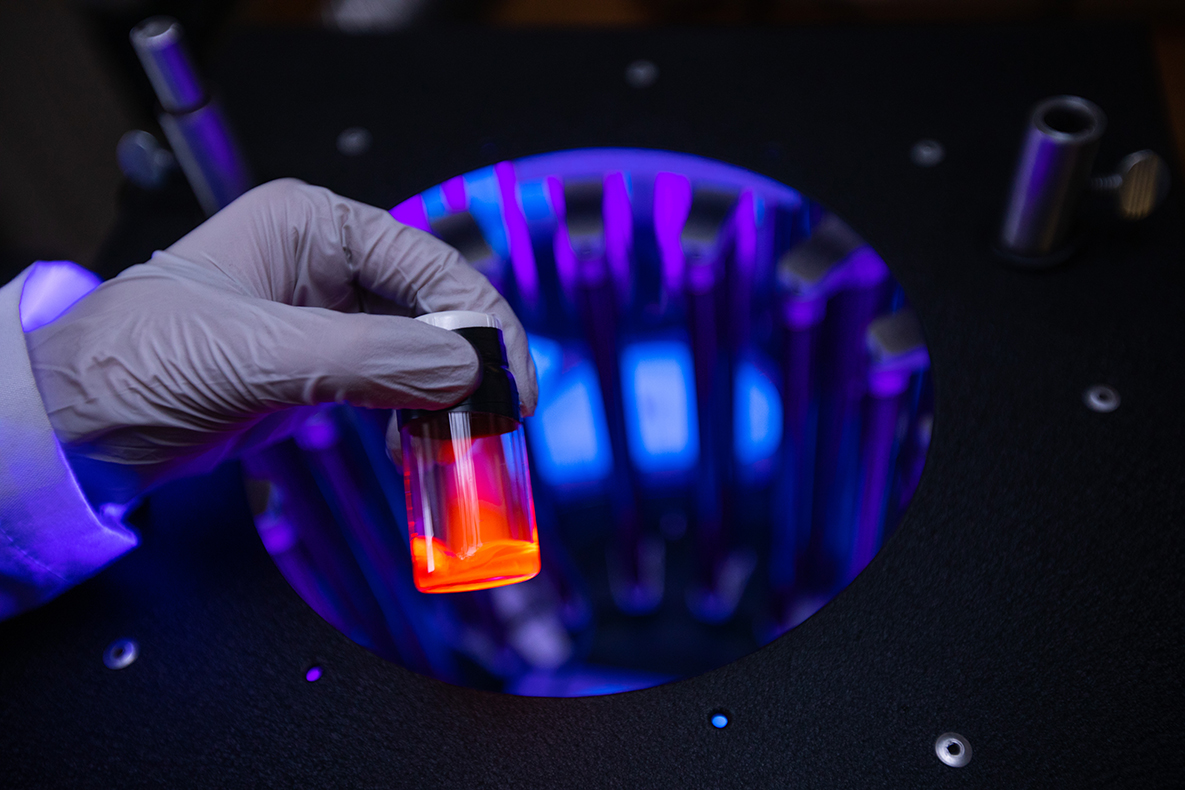It is said that patience is a virtue. For faculty members in the College of Liberal Arts and Sciences (LAS) who engage in frontier science, patience is personified through a steadfast pursuit of research that may not yield results for five, 10, 15 years or longer. But the wait doesn’t dampen their enthusiasm. Instead, they are energized with each new breakthrough, no matter how small, knowing that their research goals are one step closer to fruition.
Let’s take a closer look at the frontier research of four enterprising LAS faculty members whose hard work today will pay huge societal dividends in the future.
Finding forensic fairness
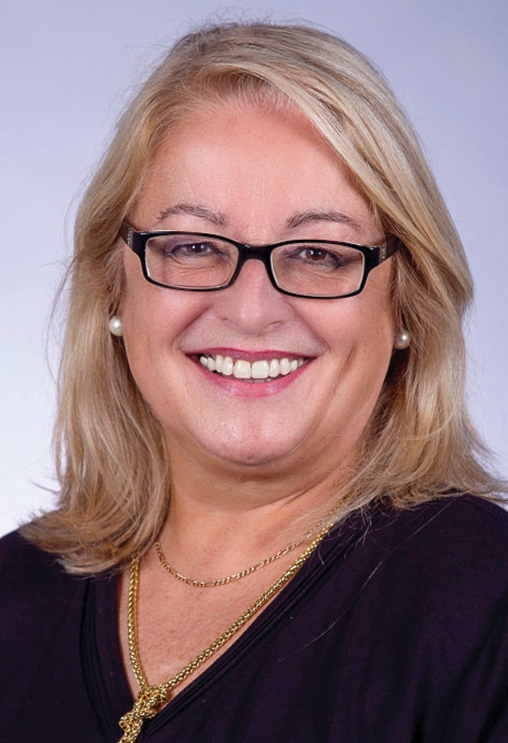
Alicia Carriquiry, Distinguished Professor and President’s Chair in Statistics, has spent the past 30 years researching statistical applications in the varied fields of human nutrition, bioinformatics, traffic safety and forensic science. In 2015, she became director and lead investigator for the Center for Statistics and Applications in Forensic Evidence (CSAFE), an Iowa State-based research center that applies proven statistical and scientific methods to assess forensic evidence, such as fingerprints, tire tracks, shoe prints and bullet striations.
CSAFE aims to reduce the number of wrongly accused individuals incarcerated in the United States by bringing more “science” to forensic science. Led by Carriquiry, the center and its network of national statisticians, scientists and forensic practitioners are developing objective, reproducible methods to quantify physical evidence from crime scenes.
“The work we do can have a profound social impact by keeping questionable methods out of the courts, which in turn, will hopefully reduce the number of innocent people who serve decades in jail for crimes they did not commit,” Carriquiry said.
While the pace of progress in frontier science is slow and steady, Carriquiry notes that CSAFE has achieved several research advancements since its inception six years ago. For example, the center has created an automated algorithm that quantifies the similarities between striations on bullets, made by imperfections from the insides of gun barrels. The algorithm will be tested by a major crime lab later this year, paving the way to scientifically prove if a bullet was shot from a particular gun.
While CSAFE’s research advancements are pushing the boundaries of forensic science, Carriquiry says meaningful conversations about how to objectively conduct forensic examinations in the future are equally important.
“The work we do can have a profound social impact by keeping questionable methods out of the courts, which in turn, will hopefully reduce the number of innocent people who serve decades in jail for crimes they did not commit."
“What were once unassailable methods are now subject to scrutiny, and forensic scientists themselves have become interested in moving toward a more quantitative approach,” Carriquiry said. “This has been a tremendous step forward and a result of our relentless outreach and communication efforts within the communities that will, hopefully, eventually choose to implement the technologies we are developing.”
Combating plastic pollution
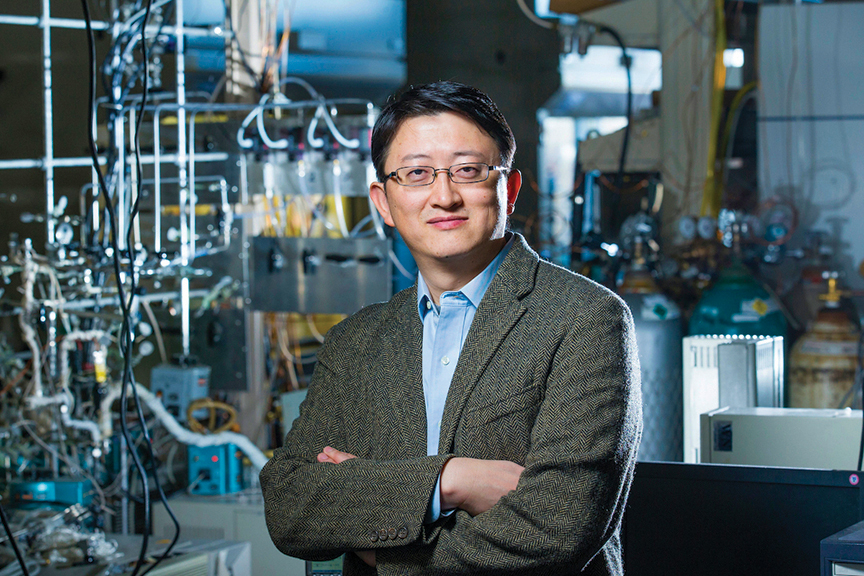
The world produces more than 380 million tons of plastic each year, and only 9% is recycled. Wenyu Huang, professor of chemistry and faculty scientist at the U.S. Department of Energy’s Ames Laboratory, is developing groundbreaking research to understand and develop high-performing catalytic systems that convert plastic waste into reusable products like fuels, solvents and lubricants. He leads the Huang Research Group, an on-campus laboratory comprised of postdoctoral, graduate and undergraduate students who conduct innovative research in the area of heterogeneous catalysis using structurally well-defined nanomaterials, such as intermetallic compounds, metal-organic frameworks, ordered mesoporous oxides and functionalized carbon materials.
Huang’s version of upcycling could significantly reduce the amount of plastic waste that contaminates the world’s waterways and landfills.
“The problem is gigantic, and many fundamental understandings of the chemistry that can be applied to converting waste plastics into useful materials are missing. Building these fundamental understandings, we also need to design new processes to convert and upcycle waste plastics.”
“We are trying to develop new catalysts and catalytic processes to convert waste plastics into useful chemicals and materials with added value,” Huang said. “The added value is necessary to convert the traditional waste plastic recycling to upcycling processes with incentives that will serve as the driving force to transform the plastic manufacture industry from just making more plastics to reusing and repurposing more waste plastics.”
Huang said a total transformation of the plastic industry will likely take 30 to 50 years, though he anticipates his research could pay dividends in the next five to 10 years. In addition to the massive challenge plastic waste presents, the necessary upcycling processes are yet to be developed.
“The problem is gigantic, and many fundamental understandings of the chemistry that can be applied to converting waste plastics into useful materials are missing,” he said. “Building these fundamental understandings, we also need to design new processes to convert and upcycle waste plastics.”
Concocting safer chemicals
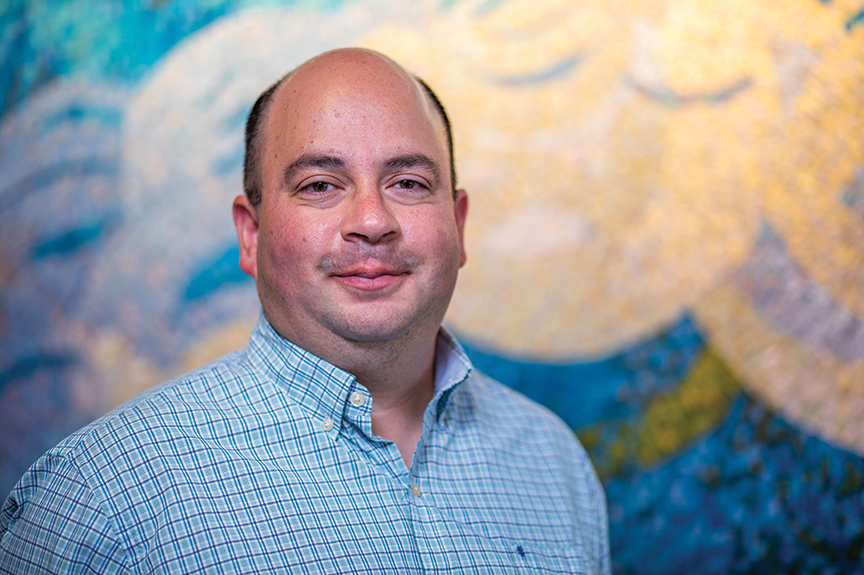
Javier Vela is a University Professor and the John D. Corbett Professor of Chemistry as well as a scientist with the U.S. Department of Energy’s Ames Laboratory. His research spans multiple areas of chemistry, including catalysis, the act of accelerating a chemical reaction by a catalyst; and quantum dots, tiny particles that can be used to build more efficient light bulbs or to study individual cells and organisms.
His frontier science focus is on semiconductors. While many semiconductor materials are known, some of them contain toxic elements, such as cadmium or lead. These elements act as pollutants that may negatively impact the environment.
“Semiconductors are critical to many clean-energy technologies, including solar-energy utilization in solar cells and solar fuels, as well as more efficient thermoelectric and light-emitting devices,” Vela said.
“To avoid undesirable consequences such as harming the environment or human health, we must follow a materials cycle from cradle to grave."
In a recent study, Vela and other collaborators employed a novel application of molecular dynamics using DeePMD, a computing process that quickly and accurately simulates changes in catalysts. Catalysts are substances that increase the rate of a chemical reaction without themselves experiencing permanent chemical changes. They identified key reactions on various catalysts, which resulted in a better understanding of the selectivity of these materials. This discovery uncovers new ways of transforming intermetallic nanoparticle catalysts into more efficient, green and sustainable forms for use in a myriad of consumer products.
“The materials we learn to make will likely be found in future energy-efficient light bulbs, computer screens and smart windows,” Vela said.
He is also researching ways to recycle lead-halide perovskites, a novel technology that is generating enthusiasm for new solar-based products. While this technology is still in its infancy, Vela is already investigating how to recycle these products once their useful life is over.
“To avoid undesirable consequences such as harming the environment or human health, we must follow a materials cycle from cradle to grave,” he said.
Vela understands that the impact of his work poses promise for more sustainable chemical processes in the future, and also offers other researchers a foundation for their scientific advancements.
“The most immediate impact of our research is felt within our scientific community, where other colleagues use our results to further their own technologies,” he said.
Understanding the universe
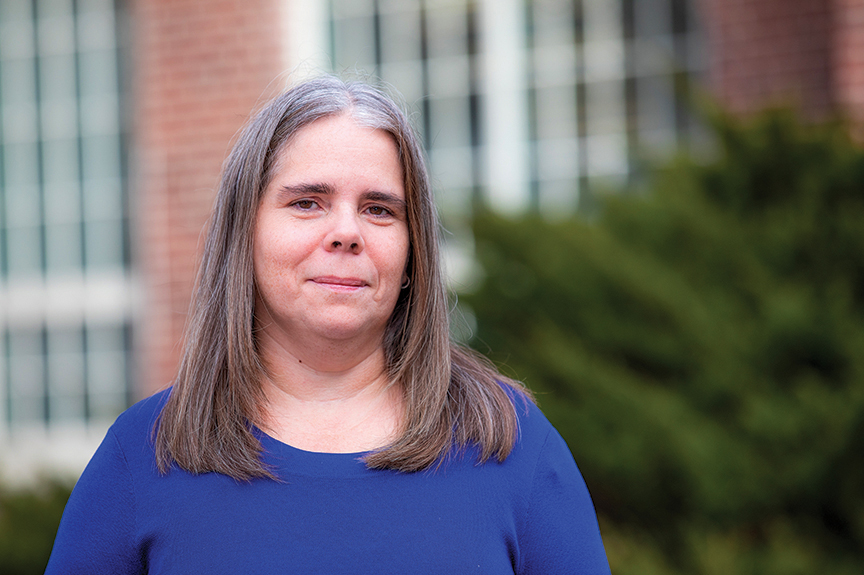
Mayly Sanchez, LAS Dean’s Professor and professor of physics and astronomy, is an expert in neutrino physics, a highly specialized branch of particle physics. Her research delves into how neutrinos affect the universe. Neutrinos, tiny particles that travel extremely fast — at nearly the speed of light — are abundant in the universe but difficult to observe because they don’t like interacting with other matter.
“We’re doing fundamental research to understand how the universe works. Some of the properties that we study in these neutrinos allow us to ask why, for instance, are we made of matter and not matter and anti-matter?” Sanchez said.
“Photodetectors are very useful technology. They can be used throughout different areas of society, like imaging in medicine."
To aid in answering that question, Sanchez is developing new technologies to better understand neutrinos, which may also have positive impacts on fields outside of particle physics. For example, the ANNIE (Accelerator Neutrino Neutron Interaction Equipment) experiment measures and studies interactions of neutrinos with matter, including water, at Fermilab, a national particle physics and accelerator laboratory in Illinois. There, a neutrino beam is placed in front of a tank of water, and as the neutrinos interact with the water, the charged particles create light. Highly advanced and extraordinarily fast photodetectors capture this light, making the neutrino interactions visible.
“Photodetectors are very useful technology. They can be used throughout different areas of society, like imaging in medicine,” Sanchez said. “As we learn to use these new photodetectors, they could also be used in areas outside of medicine — like nuclear nonproliferation — to see if a nuclear reactor is producing plutonium or other materials.”
Sanchez understands that she may not get answers to her frontier-science questions in the near future, but she is patient. She finds excitement and joy in the day-to-day discoveries and solving short-term problems that may have positive, long-term societal consequences. Sanchez maintains that the significance of her fundamental research lives on through her students.
“Being able to mentor somebody and see them grow and go on to do greater things than you can do, it’s also very satisfying,” Sanchez said.
